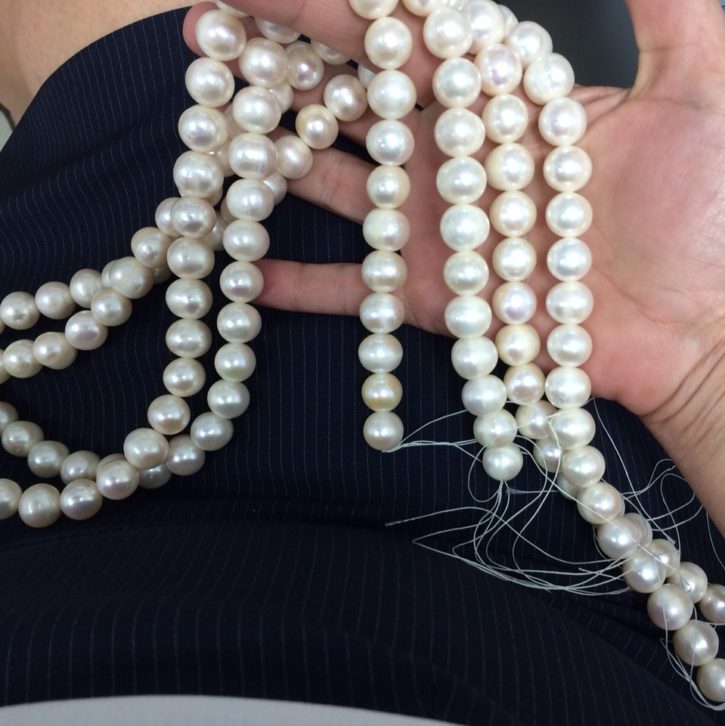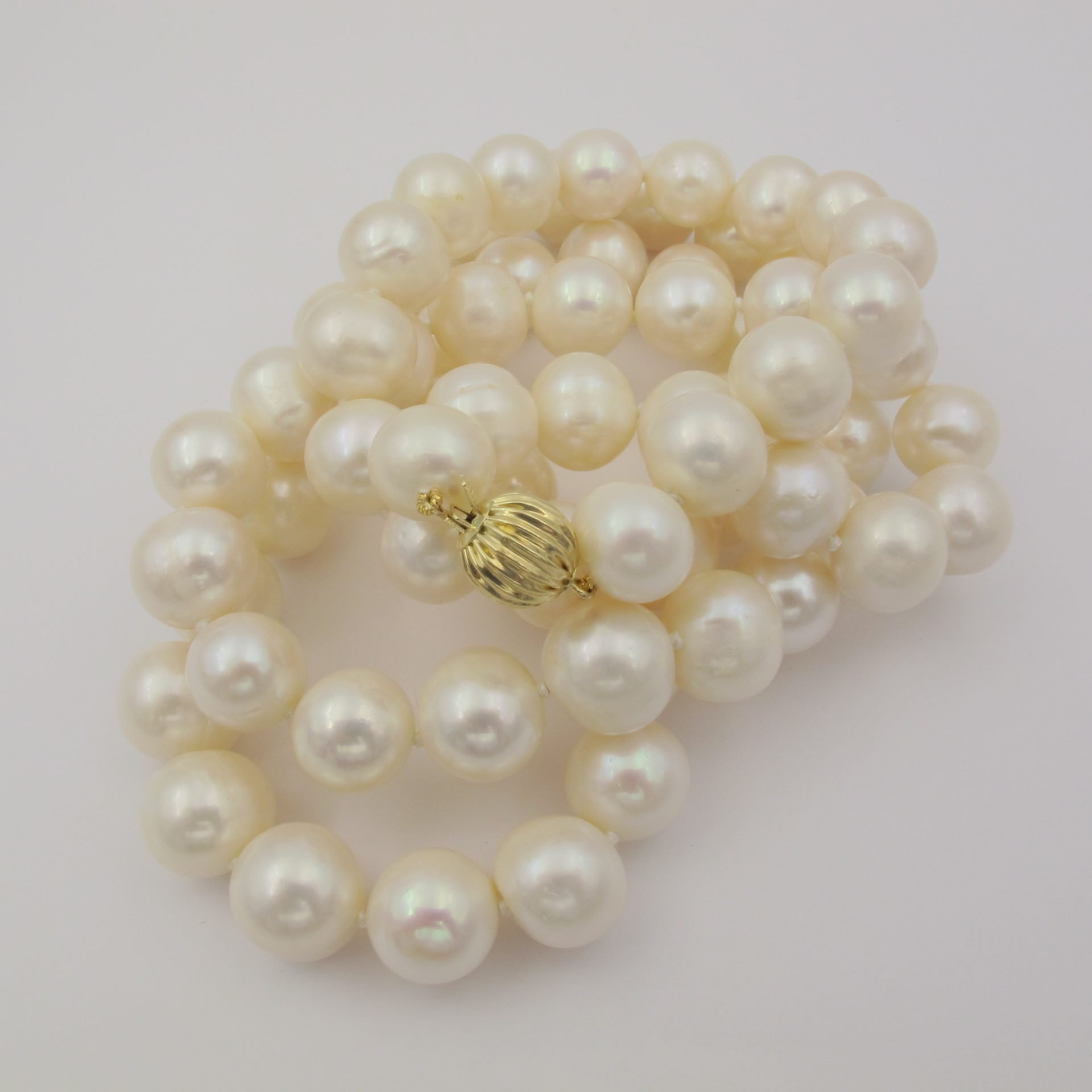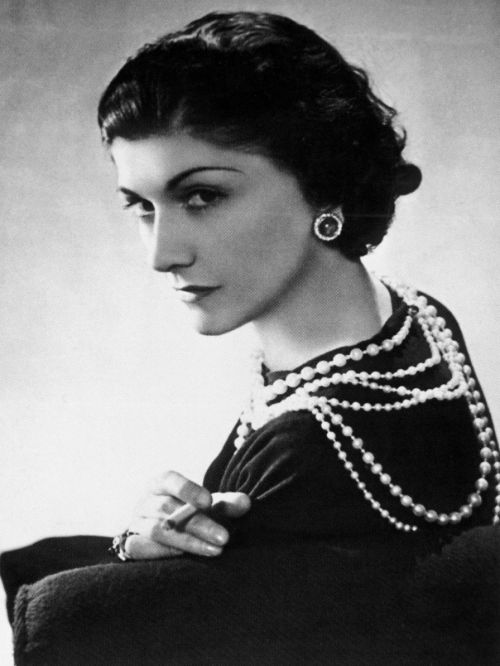Pearls: Natural Beauties Require Your TLC
In addition to their exceptional beauty, pearls bring back fond memories of my mother. Early on in my career, I sent her to be certified in Pearl and Bead stringing, and she then began working with me. Every time I look at a strand of pearls, I think of the hours we spent working alongside one another. A passion for the beauty found in nature is one of the traits that my mother and I shared, and the pearl is a perfect example of that beauty. It is due to that same organic nature that pearls are exceptionally sensitive, and require special care to preserve and protect their luster.

Image: Conde Nast
Always put your jewelry on after you apply makeup, deodorants and perfumes, to avoid getting chemicals on the pearls during application. And remember to gently wipe your pearls with a soft cloth after you remove them for the day. The pearl’s luster can be damaged by even the smallest amount of perspiration. Removing perspiration and any other compounds from your pearls after each wear will preserve their beautiful luster. If necessary, you can dab a drop of water onto your soft cloth to clean them off.
Never subject your pearls to chlorine or other harsh chemicals. One place you should probably never wear your pearl choker is the swimming pool. In general, avoid submerging a strand of pearls – it can weaken the threads as well as damage the surface of the gem.
Fasten any clasps or pins before storing your pearls. Lie strands flat during storage to avoid stretching the thread(s). And store your pearls separately from other pieces of jewelry – this will prevent other pieces from scratching the pearls.
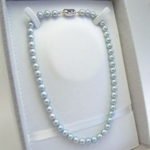
Ideally, pearl pieces can each be placed in a separate satin or velvet (read: SOFT) jewelry bag. But don’t store them for too long, and not in overly dry conditions – Pearls can actually dry out, weakening the surface and making them prone to breakage or damage. Pearls are meant to be worn regularly, not hidden away in a safe or bank box.
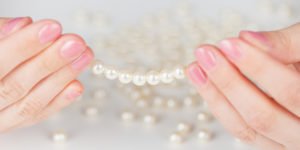
The silk that your pearls are strung with will naturally weaken over time, and stretch out. It is recommended that you regularly replace weak strands, or have the pearls restrung, so that you don’t risk breakage that could lead to damage or loss of the pearls. Most jewelers will recommend that they be restrung once a year, especially if you wear them frequently.
Do my pearls need restringing? If you can move the pearls freely even the smallest bit, it means the knot is already stretching. If so, it’s time to restring!
Have a professional string valuable pearls, to ensure that they are secure. Most professionals will knot the strand in between beads for added protection. This way, if a thread breaks, only a single pearl is at risk of damage or loss. Additionally, the knots prevent the pearls from rubbing against one another, which helps reduce surface scratching. There are other types of stringing that might be used for different colors and shapes of pearl. No matter which method was used for your pearl strands, the important thing is that they are strung by someone who is trained to work with the fine, delicate silk filaments that are used, and that they are well-secured.
To read more about June’s birthstone, click HERE.
Learn more about how a pearl is graded HERE.
Find the perfect strand of pearls for you!

We also send periodic email announcements and a monthly newsletter with clips to our favorite News & Events stories. Subscribe today.

